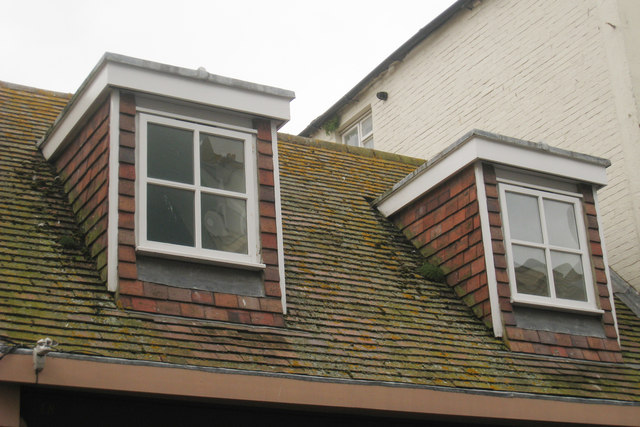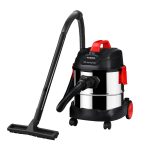Last Updated on May 23, 2024 by Ali Hamza
Preserve Your Investment: Essential Tips for Flat Roof Maintenance
A residential flat roof is popular for its cost-effectiveness and suitability for specific architectural designs. However, like any other roofing system, it requires regular maintenance to ensure longevity and protect your investment. In this blog post, we will provide you with fundamental tips and guidelines for maintaining your flat roof, preventing leaks, extending its lifespan, and preserving the integrity of your property.
Conduct Regular Inspections
Inspect your roof at least twice yearly, either in fall or spring. Look for signs of damage, wear, or degradation, such as cracks, blisters, punctures, pooling water, or loose seams. Check flashings, drainage systems, and roof edges for any signs of deterioration. If you notice any issues during your visual inspection, call a skilled roofer to help you address them and prevent further damage.
Clear Debris and Maintain Cleanliness
Keeping your flat roof clean is one way to prevent drain clogging and water accumulation. Remove leaves, branches, dirt, and other debris regularly from the roof surface and gutters. You can hire professionals to ensure thorough cleaning and debris removal.
Address Ponding Water
This common issue on flat roofs can cause structural damage and leaks. Improve the drainage system by installing additional drains or tapered areas to facilitate water flow. A skilled roofing contractor can help you evaluate the situation and provide appropriate solutions.
Maintain and Repair Flashings
Flashings are crucial for flat roofs as they provide a waterproof barrier around vents, chimneys, skylights, and other roof penetrations. Inspect flashings regularly and replace damaged or missing ones promptly. Make sure they are properly sealed to maintain their effectiveness.
Schedule Professional Roof Inspections
In addition to regular visual inspections, planning professional roof inspections at least once a year is vital. Roofing experts can identify hidden or hard-to-detect problems and thoroughly assess your roof’s condition. They can check for insulation, leaks, membrane integrity, and other crucial elements.
Apply Roof Coating and Waterproofing
This procedure can significantly enhance your roof’s durability and waterproofing capabilities. Roof coatings shield the roof from extreme weather conditions, general wear and tear, and UV rays. Consult a reliable roofing contractor to determine the appropriate coating for your roof material and climate.
Remove Snow and Ice
If you live in a cold climate, removing snow and ice from your roof is necessary to avoid excessive weight and strain on the structure. Use a roof rake to clear away snow from the edges, avoiding scraping or damaging the roofing material. Make sure gutters and downspouts are free from debris to allow proper drainage when the snow melts.
Maintain Records and Documentation
It is essential to keep detailed records of maintenance activities, repairs, and inspections because you can use them for insurance claims and property sales. Make a note of dates, work descriptions, and relevant photographs to track your flat roof’s condition over time. These records can also provide valuable information to your roofing contractor.
Manage Trees and Vegetation
Trimming back overhanging branches is vital to prevent potential damage. You can minimize the risk of falling limbs or debris accumulation by maintaining a safe distance between the foliage and the roof. Additionally, promptly removing vegetation helps prevent plant roots from compromising the roof’s waterproofing layer. These roots can lead to cracks, weakening the roof’s integrity and causing leaks.
Establish Safety Measures
An accessible flat roof needs proper safety measures to ensure the well-being of anyone entering the area. Sturdy barriers or guardrails around the roof’s perimeter can help prevent accidental falls. You must also clearly mark any potential hazards and only permit trained and authorized personnel on the roof.
Plan for Extreme Weather Events
Hurricanes, heavy storms, and high winds can present significant challenges for flat roofs. To be prepared, develop a plan for extreme weather situations.
Have inspections before and after such events, checking for any loose or damaged roofing materials or signs of leaks. Reinforce vulnerable areas with sealants or protective barriers. You should also keep emergency contact information for roofing contractors readily available if immediate repairs are required.
Hire a Skilled Roofer To Help You
Maintaining your residential flat roof is paramount for its longevity and performance. By following these tips, you can protect your property investment. For comprehensive and excellent solutions, contact a reliable roofing company today. Let their experienced team take care of all your flat roof maintenance needs.
Apart from this, if you are interested to know more about Windproof Paving System then visit our Home improvement category

























